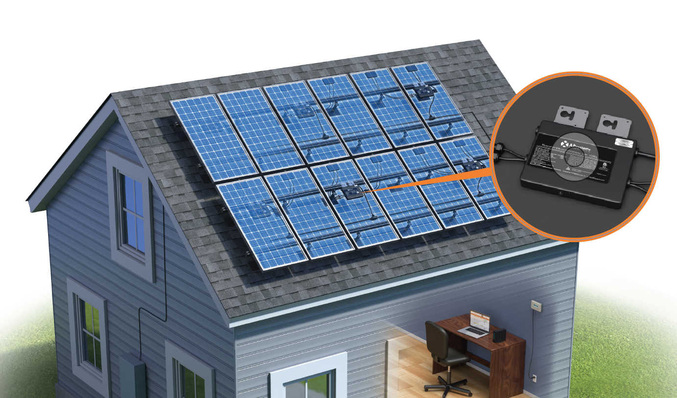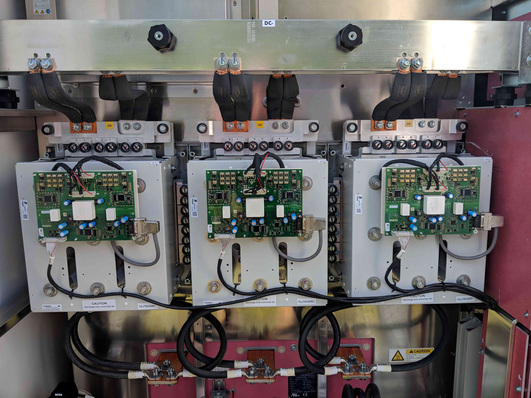The US overhauled how it produces, delivers and consumes energy over a decade of change, according to a new report from BloombergNEF (BNEF) and the Business Council for Sustainable Energy (BCSE). In the process, the US posted 10 straight years of economic growth, while cutting both power-sector CO2 emissions and consumer energy costs to their lowest levels in a generation.
The eighth edition of the Sustainable Energy in America Factbook published by BNEF and the BCSE chronicles a profound transformation in US energy that is still very much underway. The report, which includes over 130 slides, provides users with straightforward charts to understand how the change has impacted most segments of the energy sector.
85 million smart metres
“The transformation we have seen in the last decade has far exceeded expectations,” said Lisa Jacobson, BCSE President. “The facts show that we grew the economy, improved energy security, and cut emissions at the same time – all while making energy more affordable to consumers.”
Utility-scale renewables were just emerging in 2009, and now they win generation contracts on economic grounds. Battery technology is one tenth of its cost in 2009. Today, there are nearly over 85 million smart metres in US homes and businesses, up from 9.6 million a decade ago. The number of residential natural gas customers grew by 8% in the last decade while overall residential consumption of gas rose by 5% due to energy efficiency. Consumers are now spending record low proportions of their household budgets on energy costs, a 22% decline since 2009.
Macro trends of the 2010s
The 2020 Factbook showcases the impact of sustainable energy over the last decade and highlights findings for 2019 that follow the macro trends of the 2010s:
Renewable energy became the cheapest new generation source in many US power markets. The US has over 2 times more renewable power generating capacity today than a decade ago. Solar capacity in 2019 was 80 times greater than what it was at the end of 2009.
Energy efficiency choices have proliferated, with federal programs helping high-efficiency appliances reach mass markets and state codes bolstering building efficiency. The economy grew every year in the past decade and energy use fell in five of the ten years. US energy productivity (GDP/energy consumption) improved 18% between 2010 and 2019, benefiting businesses and households.
Did you also see this?
Battery power’s latest plunge in costs threatens coal and gas
Natural gas became the primary source of US power generation and shifted the scales in the global market. Between 2010 and 2019 domestic natural gas production jumped 50%, and natural gas went from providing 24% of the nation’s electricity to 38%. The US increased its export capacity to exceed its import capacity, building stronger trade relationships around the world. In 2019, the US exported more gas than it imported.
Consumer choice and empowerment
“Technological innovation plus economies of scale are revolutionizing the energy world,” said Ethan Zindler, BloombergNEF's head of Americas. “The idea that energy must be dirty to be cheap is simply a myth.”
“Emerging trends for sustainable energy are proliferating consumer choice and empowerment. Digitalization and the Internet of Things have made people more aware of their energy use, as the options for efficient products and services are also expanding,” Ms Jacobson added.
The fact that 18 regulated utilities offer a green tariff for customers to choose cleaner electricity and that nine states have taken actions to to offer voluntary tariffs for renewable natural gas to homes and businesses, shows that customers are asking for cleaner options. Meanwhile, corporate renewables procurement has surged. Virtually non-existent a decade ago, US companies have signed contracts with wind and solar projects totalling 33.6GW as of year-end 2019. (mfo)







